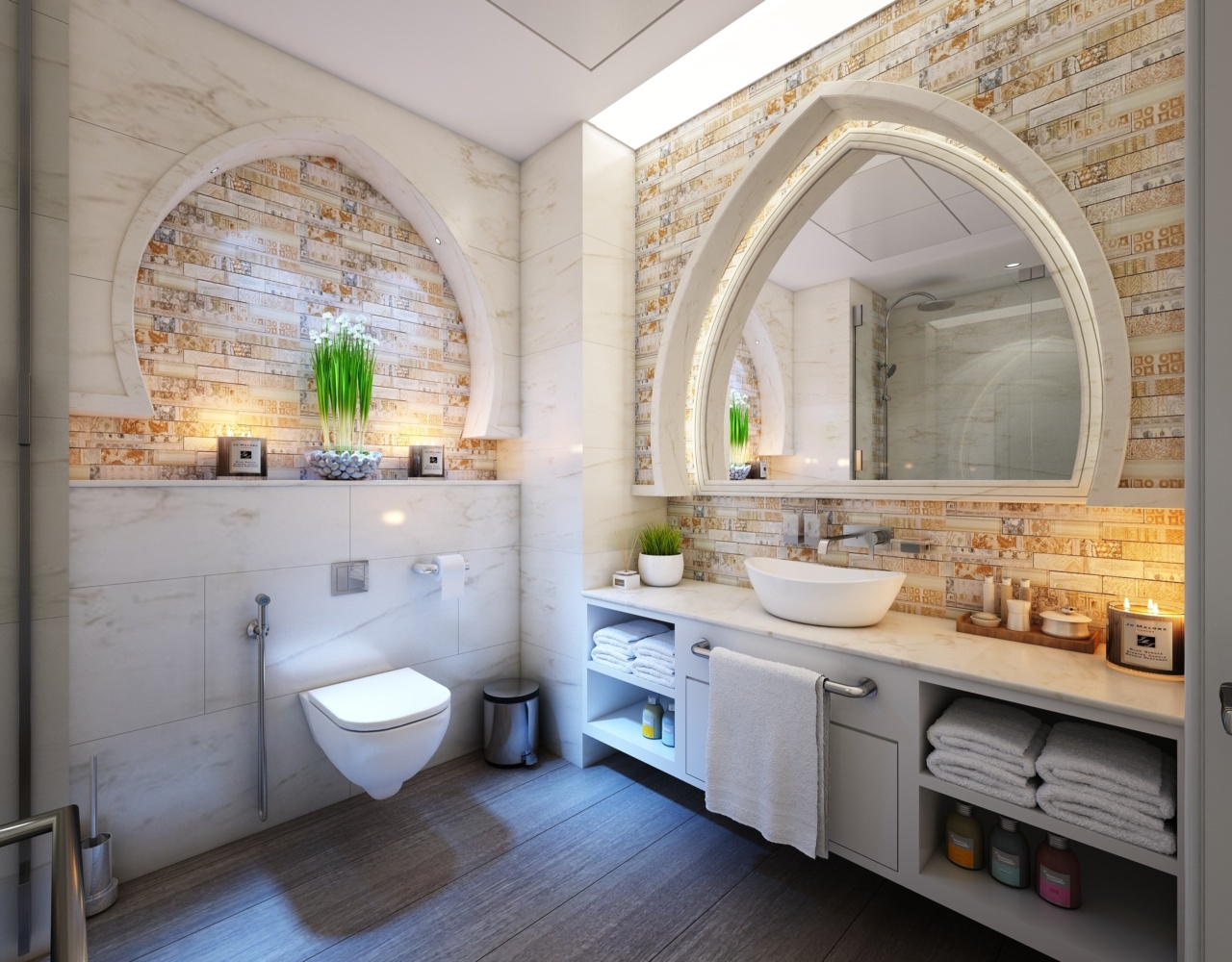Have you ever wondered what happens to your waste after you flush it down the toilet? Most of us don’t give it a second thought, but taking a peek inside the toilet before flushing can reveal important information about our health and the functioning of our plumbing systems. In this article, we will explore why it is important to inspect your waste, what you can learn from it, and how to maintain a healthy toilet and plumbing system.
The Importance of Inspecting Your Waste
While it may not be the most pleasant task, taking a peek inside the toilet before flushing can provide valuable insights into your overall health. Your waste can serve as a visual indicator of any potential health issues you may be experiencing.
Changes in color, consistency, or the presence of unusual substances can serve as early warning signs for numerous conditions such as dehydration, digestive disorders, or certain infections.
What to Look for in Your Waste
When inspecting your waste, pay attention to the following characteristics:.
1. Color
Normal healthy waste should be a medium to dark brown color. Significant changes in color can indicate issues such as excessive fat consumption (lighter or pale stools) or bleeding in the digestive tract (black or tarry stools).
2. Consistency
A healthy stool is typically soft and easy to pass. If you notice any persistent changes in consistency, such as chronic diarrhea or constipation, it may be a sign of an underlying health problem.
3. Shape
While it may sound surprising, the shape of your waste can also provide insight into your health. Ideal stool should have a smooth, well-formed texture resembling a sausage or snake.
4. Unusual Substances
Keep an eye out for any unusual substances in your waste, such as blood, mucus, or undigested food particles. These could indicate a variety of conditions, from gastrointestinal infections to food intolerances or allergies.
How to Maintain a Healthy Toilet and Plumbing System
Now that you understand the importance of inspecting your waste, it’s crucial to ensure that your toilet and plumbing system are in good working condition. Here are a few tips to help you maintain a healthy toilet:.
1. Regular Cleaning
Regularly clean your toilet and its surrounding area to prevent the buildup of bacteria and unpleasant odors. Use a toilet cleaner and brush to scrub the bowl and wipe down the seat and exterior surfaces with a disinfectant.
2. Flushing Responsibly
Only flush toilet paper and human waste down the toilet. Avoid flushing items such as cotton swabs, sanitary napkins, or wet wipes, as they can clog your plumbing system and lead to expensive repairs.
3. Proper Ventilation
Ensure that your bathroom is properly ventilated to minimize moisture buildup. Excessive moisture can promote the growth of mildew and mold, both of which can be harmful to your health and damage your plumbing system.
4. Regular Inspections
Perform regular inspections of your toilet and plumbing system to detect any leaks or issues early on. Look out for signs of water damage, unusual noises, or slow drainage, and address them promptly to prevent further damage.
Conclusion
Next time you’re about to flush your waste, take a moment to examine it and note any changes in color, consistency, or other characteristics.
Your waste can provide valuable insights into your health and help you identify any potential issues that require attention. Additionally, maintaining a healthy toilet and plumbing system is essential for your comfort and well-being. By following the tips mentioned in this article, you can ensure that your bathroom remains a clean and functional space.































